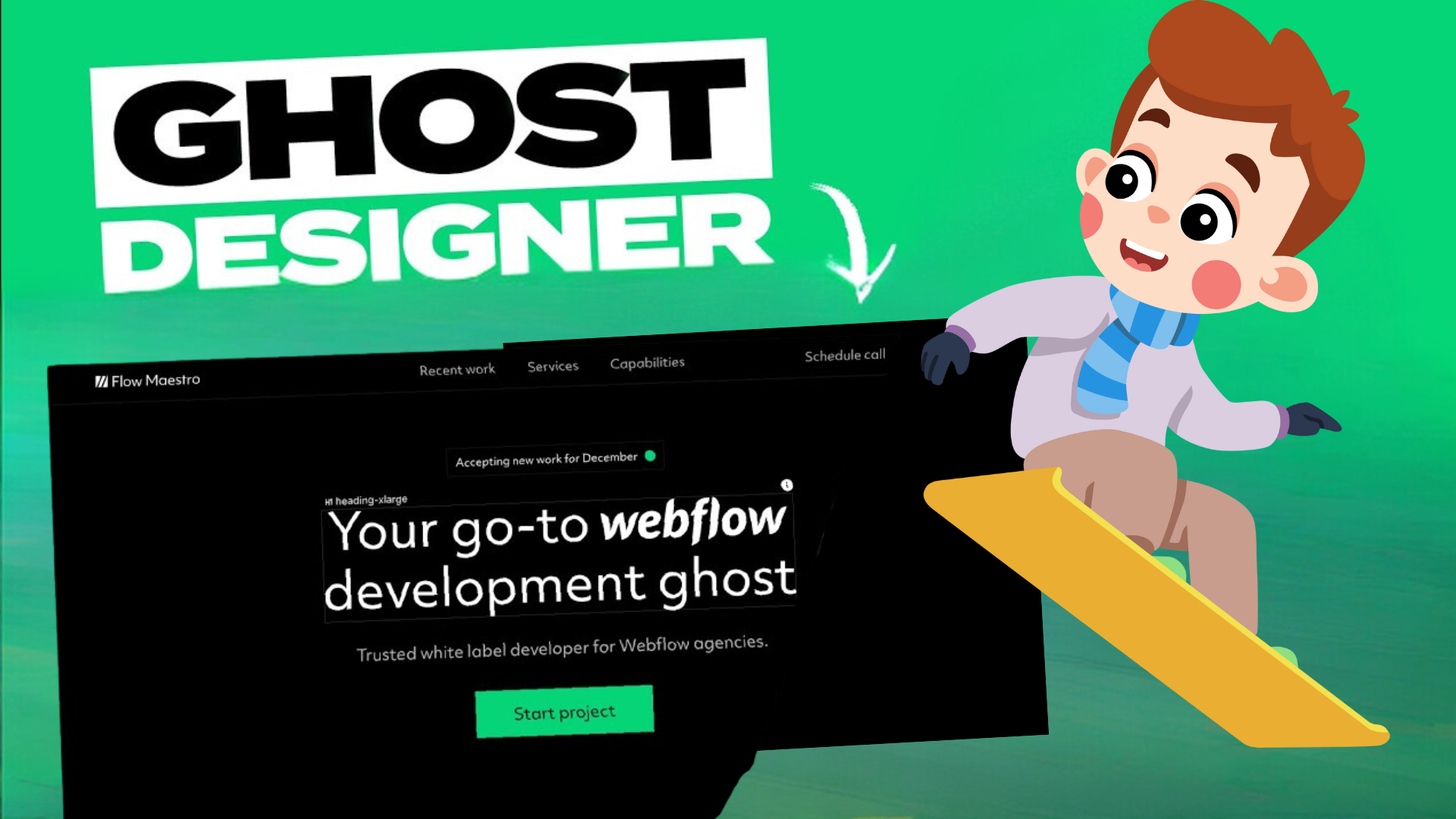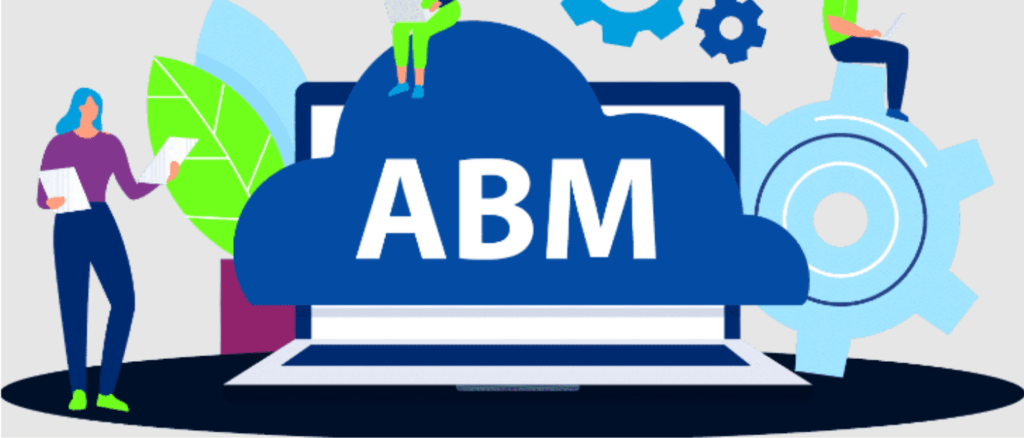
The World of Freelance Design: A Survival Guide
Discover the world of freelance design and learn how to become a successful design ghost. This guide provides insights into effective outreach, showcasing abilities, and building trust with agencies.
The world of freelance design can be cutthroat. Most freelance designers are struggling to find enough projects to pay their bills, while a small group of agencies are getting the majority of the work, often more than they can even fulfill.
The 90/10 Split in Freelance Design
If we were to break this down, it would be about a 90/10 split. This means that there are 90 percent of freelance designers fighting over just 10 percent of the clients and the client projects, while the other 10 percent of agencies get 90 percent of all those projects.
The Struggle of Individual Designers
The reason for this divide is that these agencies have had the time and the money to build up a brand, a reputation, a portfolio, and a track record. It becomes much easier for them to land clients, all while individual designers, especially those starting, are struggling to find even the smallest projects.
The Solution: Becoming a Design Ghost
So, what you need to do as that solo designer is to find a way to connect with these agencies and get them to be willing to pass over to you their extra projects. These are often projects that come when they’re overbooked, or they’re smaller budgets, or they might even be client projects from clients that are a little bit more difficult to work with.
The Role of a Design Ghost
Putting yourself in this position with these agencies is what I call being a “Design Ghost”. You’re the person behind the scenes that does all of the fulfillment, the design, the development, and then the agency handles all of the stuff in the front office.
The Freedom of a Design Ghost
This might sound like you’re an employee, but that’s not the case. You still have the freedom to choose what you do with your time. You have the freedom to choose which projects you want to take on, and you’re essentially just sitting back and letting these agencies bring projects to you.
The Challenge of Becoming a Design Ghost
However, it’s not as easy as it seems. The hardest part of this whole thing is getting agencies to notice you, trust you, and want to pass their work over to you.
The Importance of Proper Outreach
As I was thinking about this, I thought back to all of the ridiculous messages and emails that I’ve received from people reaching out and asking me to give them clients give them free work, or bring them on. There are a lot of really bad examples that I’m going to share here in just a minute, and I’m going to show you what not to do when you’re sending these outreach messages to agencies.
Conclusion
Before we dive into these outreach examples, there are a few things that we have to remember. These agencies are busy, and so you have to be respectful of their time. Next is, that these agencies do not need you as badly as you need them, and so coming in and acting like a hot shot and acting like they would be lucky to have you is not the right approach.
The Pitfalls of Outreach
Outreach is a crucial part of becoming a design ghost. However, it’s important to remember that these agencies are busy, and you have to be respectful of their time. They have the positioning and the power to land new clients, so you have to be appreciative and respectful of that. If you can show them you’re willing to fit into their system rather than them fitting into yours, they’re more likely to respond to you.
The Wrong Way to Reach Out
Unfortunately, many designers approach outreach the wrong way. Here are some examples of actual outreach messages that miss the mark:
- “Wondering if you had any extra work you could pass my way.” This message comes across as needy and self-centered.
- “I am looking to scale my business and wondering if I could take some clients off your hands.” This message is self-serving and doesn’t offer anything to the agency.
- “I can help with some smaller clients that you are unable to take on.” This message is a bit better, but it still doesn’t offer a compelling reason for the agency to work with you.
- “I have struggled to find my clients and wondering if you had any advice you could give me.” This message doesn’t instill confidence and asks for free advice, which is unlikely to be given.
The Importance of a Good Outreach Message
A good outreach message is personalized, specific to what the agency is looking for, and reassuring. It shows that you understand the agency’s needs and can provide value. In the next part, we’ll discuss how to craft an effective outreach message that gets noticed and remembered by agencies.
The Right Way to Reach Out
Jane, a fictional character in our transcript, provides an excellent example of how to reach out to agencies. Here’s the message she sent:
“I’m Jane. I followed your YouTube channel and digital for a while now. I recently watched your video on how to find clients and it has been a huge help. Anyways, I’ll be super quick because I know you have things to do. I’m a white label webflow developer. I call myself a webflow ghost. I work with agencies like yours to help you relieve the stress of managing smaller or needier clients. I know they can be frustrating and draw your attention away from larger clients and filming more YouTube videos, but I also know it would be nice to still service those smaller clients and not lose out on that revenue.”
Jane’s message is personalized, and specific, and addresses the pain points of the agency. She then explains how she works:
“The way I work is you outsource the webflow development to me and your client doesn’t even need to know. I make this process as seamless for you as possible by communicating with you and your client if needed, building using Client First classing system, doing all the dev within a few short days, acting in unison with your team and using the tools you already use, and guaranteeing all of my work.”
Jane reassures the agency and offers a strong call to action:
“I know this might seem like a gamble, but I know if you bring me in for just one project, you will want to keep me forever as your go-to backup webflow Dev. Even if you don’t have any projects right now, it can’t hurt to have a trustworthy backup. I would love to hop on a five-minute Zoom call with you to see you face to face and show you how easy it could be to work with me. Here’s my calendar link. Hope to see you soon, Jane.”
This message is likely to get a response because it is personalized, addresses the agency’s needs, and offers a clear and easy next step.
The Power of Effective Positioning
Sending out a well-crafted outreach message to a hundred different agencies could result in a handful of them reaching back out and expressing interest in working with you. Before you know it, you could be handling extra development projects without having to find the clients on your own. This is an ideal situation, especially if you don’t want to build an agency or focus on outreach.
The Perfect Example: Tony’s Website
Tony’s website, flow maestro. dev is a perfect example of positioning yourself, writing the perfect copy and showcasing everything that you do to get these agencies to want to work with you. The website is very specific to Webflow. The header says “your go-to web flow development ghost,” which is intriguing and tells you exactly what he does.
Showcasing Abilities and Addressing Pain Points
As you scroll through the rest of the website, it showcases his abilities in webflow. There are some cool animations and graphics. It starts by checking off the boxes of things that agency owners are looking for or want to know to feel comfortable in hiring Tony. It hits some pain points that an agency owner might have, such as unnecessary meetings, complicated pricing and processes, and concerns about timeliness and quality control.
Showcasing Services and Providing Social Proof
The website shows exactly what Tony does: white-label web flow development, pay-as-you-go maintenance, figma to webflow, and more. It also provides social proof and talks more about his process. There’s a call to action, and if you’re not yet convinced, you can continue to scroll for more social proof.
Showcasing Expertise and Building Trust
Tony’s website showcases his expertise and builds trust with potential clients. It talks about how he builds in Client First, mentions the courses and certifications he has, and even showcases all of his webflow certifications. This reiterates the fact that he is an expert, can be trusted, and that you won’t have to worry about the quality of work you’re getting back.
Offering Services and Providing Value
As you scroll down Tony’s website, you’ll find more bullet points of things that he’s going to offer as part of his services, an FAQ section, and finally his final call to action. While you might not get paid as much as a full-scale agency, taking on a ton of projects could end up being way more profitable for you.
Conclusion
If you found this guide interesting or helpful, please be sure to hit that like button. If you want more guides like this one, make sure to hit the subscribe button and hit the little bell. This way, you’ll get notified every single time we launch a new guide, which is typically once or twice a week. Thanks so much for reading. If you have questions or ideas, drop them down in the comments and we’ll look forward to catching you in the next guide!


